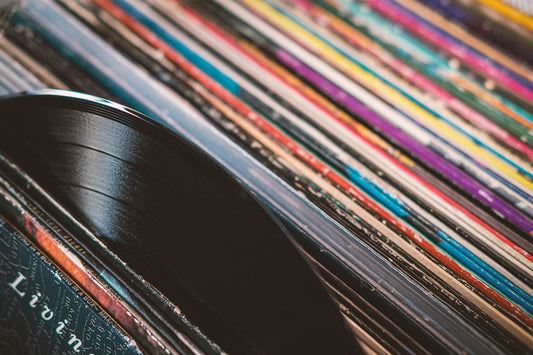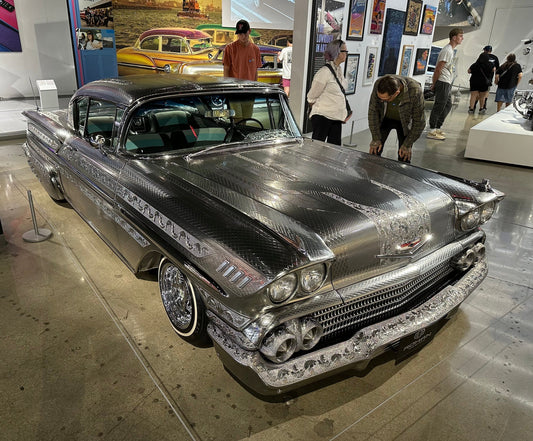Our perception of analog is one of purity.
Analog is pure.
Anything else is impure.
Only, that’s never been true.
The only “pure” analog is what we hear directly from the microphone feed. Once we record that feed it has in some manner been converted to something other than the original.
No recording in the history of recording has captured analog in its pure form.
We must convert to record.
In the days of tape, we lost dynamics and frequency extremes of the analog pure because of the conversion and capture process.
In the days of direct-to-disc recordings, we added the (pleasant) compression, distortion, and loss of frequency extremes present in the original analog pure.
In the first days of digital recordings, we lost everything good about analog pure. We winced at the output.
And so we reverted back to accepting the “sound” of analog. And we mistakenly referred to it as analog pure.
Now, analog “pure” is part of the culture.
But, once recorded, it is not pure and has never been so.
The truth is that the closest we have ever gotten to analog pure is DSD. PCM can come close, but only after first being captured in DSD and later converted.
DSD (especially DSD128 through DSD256) is, to my ears, indistinguishable from the analog pure of the microphone feed.
Never in the history of recording have we been able to get so close to analog pure as we now do at Octave Studios.
We should think about readjusting our vocabulary.










